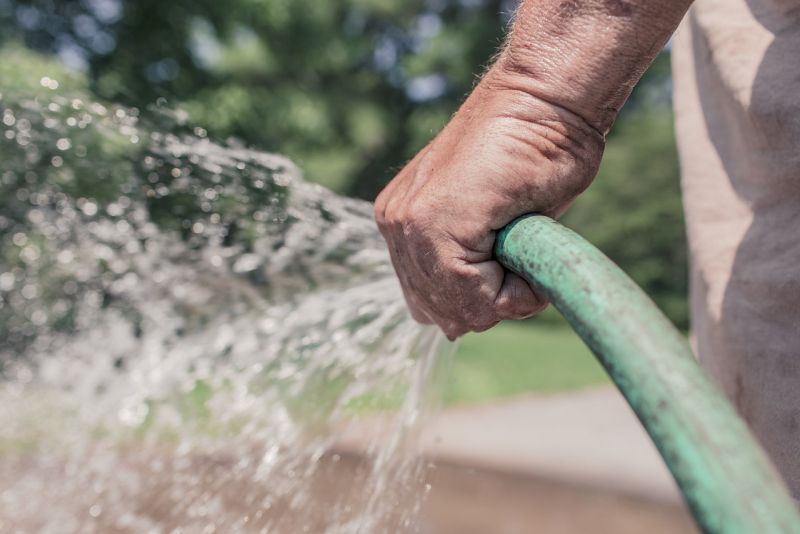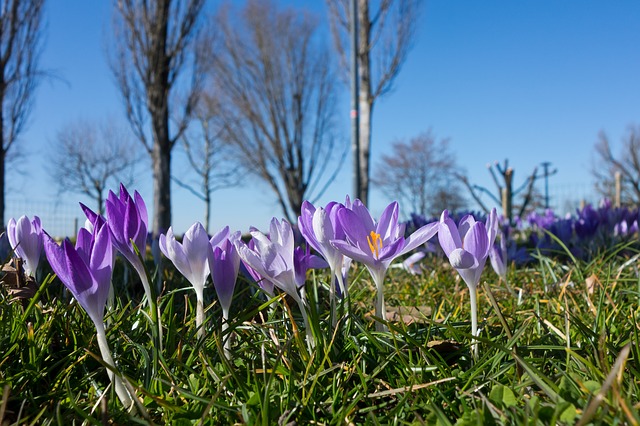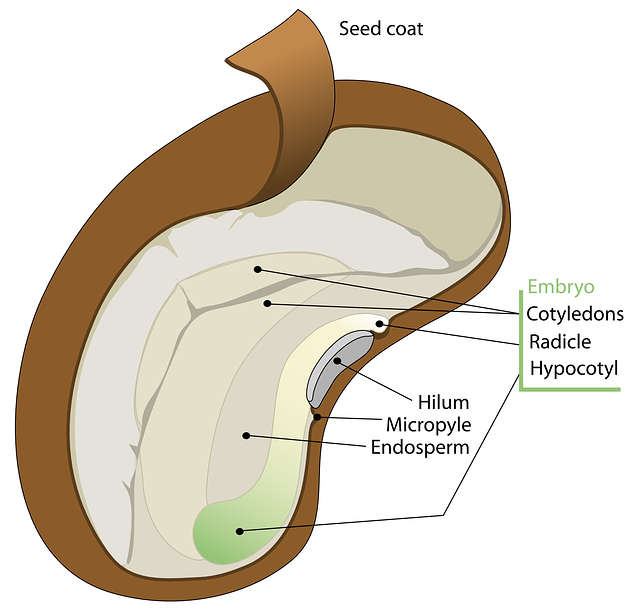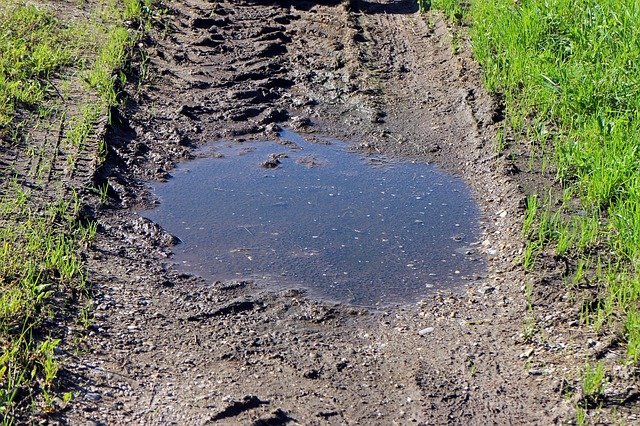
Plants have been growing in soil long before humans started gardening. Plants had a myriad of ways to spread their seed, using animals, insects or even the wind. During this time seeds grew with no human interference and a balance of species thrived. So why now does it seem tricky to grow from seed? Why do we sometimes struggle with growing our plants? Here’s a few handy tips and insights into sowing and growing in a soil based medium.

There are a few reasons why seeds won’t germinate and sprout new growth, and most them are problems arrising from human interference!

This question is not as straightforward as it appears. There are several factors which you should use to determine how much and how often you should be watering your plants, but ultimately it comes down to experience and judgement. The first key factor is age. Seedlings need moisture and humidity, (as their root systems are too small to draw up enough water if their leaves lose too much to the atmosphere). However, too much water/humidity can lead to damping off (Pythium), so careful monitoring with a hygrometer (humidity monitor) and ventilation to keep the levels between 50-70% is desirable.
As the plants grow, watering levels should increase. Whilst different genus and species of plants require different levels of water, a decent wet/dry cycle will be suitable for most plants. This means that the soil is drenched with water and allowed to dry. When growing in pots, pick them up to check the maximum weight after watering. As the soil dries, the pot will get lighter, try to wait as long as you can before the plant starts to wilt. After the first cycle you will have an idea of how long it takes and then you can use that as a guide. As a rule of thumb, your soil should consist of 45% minerals, 5% organic matter, 25% air and 25% water. This means with a 10ltr pot about 2.5ltrs of water. However, to account for moisture already in the soil, plus some of the air fraction and loss, between 3 and 4 litres is a good place to start. This should give you plenty of run-off (water draining from the bottom of the pot) and leave your soil fully wet.This not only replicates a natural rain shower, but as the roots take up water, the rhizosphere dries out and the roots then spread out in search of more water. This expands the rhizosphere, giving bigger roots with more potential to absorb nutrients. As the rhizosphere dries out, air replaces the water allowing the microbes and the roots themselves to respirate. If the soil isn’t allowed to dry or becomes waterlogged through poor drainage many microbes die. Without oxygen, anaerobic bacterial action takes over, the roots begin to die and a stale smell signifies the soil becoming inhospitable for your plants.

Over/under watering are the most common issues we receive questions on here at Plant Magic. The big problem is that people don’t often see them as watering issues. This is because when the roots aren’t able to access both air and water, they can’t uptake nutrients properly. This leads to deficiencies, which people report as such and sometime blame the nutrients, without finding the root cause!
This is a simple question that comes up from time to time. First work out how much water you need, and using the guide on the packaging, how much fertiliser to use. Always give yourself a little bit extra to account for spillages etc. Next weigh/measure out the fertiliser. The less fertiliser you’re using the more important is it to get accurate, as a 1ml error in 5ml is 20% whereas 1ml error in 50ml is only 2%. Add your fertiliser to your water and mix thoroughly. All fertilisers should be 100% soluble, but some will take longer to dissolve or mix up depending on their composition, so always spend that some extra time to make sure it’s an evenly mixed solution. When using two-part fertilisers like our Coco Grow, or using additives, always mix in between adding each part. The reason fertilisers are separated or come with additives is that certain minerals react with each other in high concentrations and become insoluble. This means they are unavailable to the plant and can block hose lines and pumps. However once they are diluted they are fine to use, so by mixing in between adding them to your water stops these precipitation reactions.
Bij Plant Magic, werken we hard achter de schermen om u te voorzien van de beste voeding, additieven en groei media. Om u te helpen om het meeste uit uw gewas te halen. Maar succesvolle tuinbouw is meer dan alleen meststoffen, dat is waarom we deze blog gebruiken om u te voorzien van nieuwe inzichten, tips en technieken om uw tuin die magische ''touch'' te geven.
Als u vragen heeft over een product van ons, of als je meer wil weten van bepaalde stadia van de groeicyclus van begin tot eind. Neem dan contact met ons op via het contactformulier of op social media, zodat je vraag onderdeel kan worden in onze volgende Blog. Ook hebben we een meesgestelde vragenlijst in onze FAQ
Copyright ©2024 Plant Magic Plus Ltd.
PrivacyCookiesAlgemene voorwaardenSite